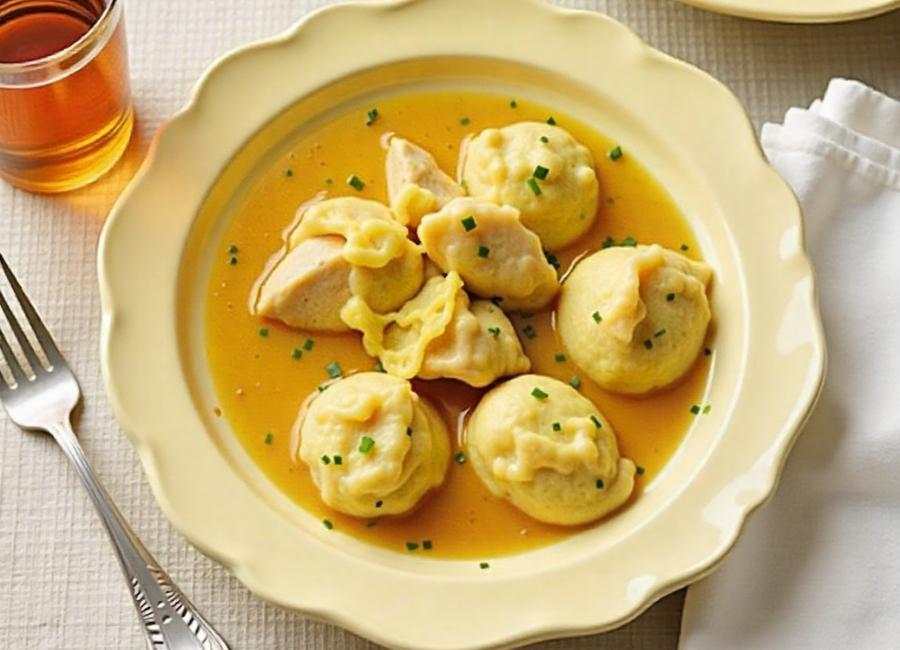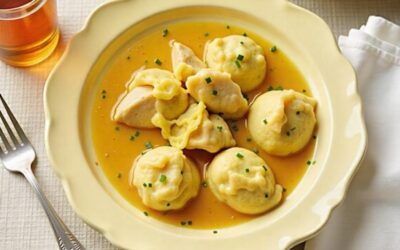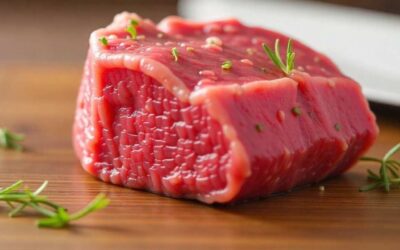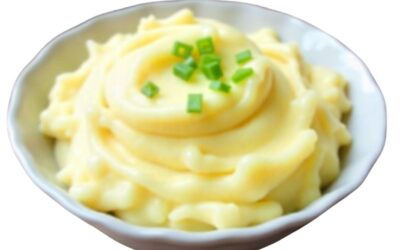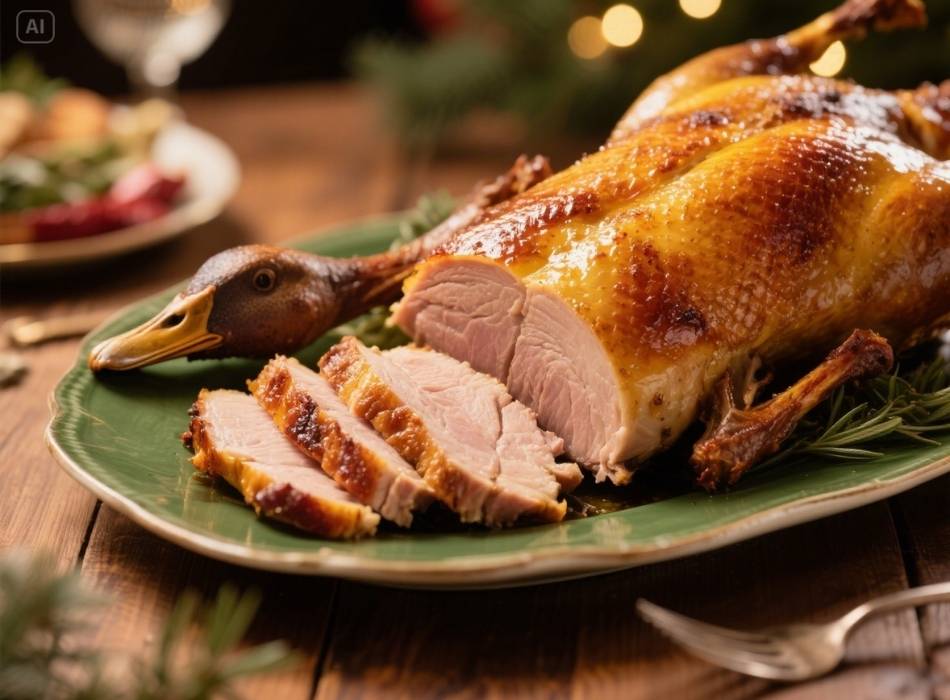Curious about what goose tastes like? Whether you’re planning a special holiday feast or looking to try a new protein, goose offers a unique flavor profile that might surprise you. But what sets it apart from other meats, and how can you best enjoy it?
This post will break down the taste of goose, how it differs from poultry staples like chicken and turkey, and some tips for cooking it to perfection.
What Goose Tastes Like
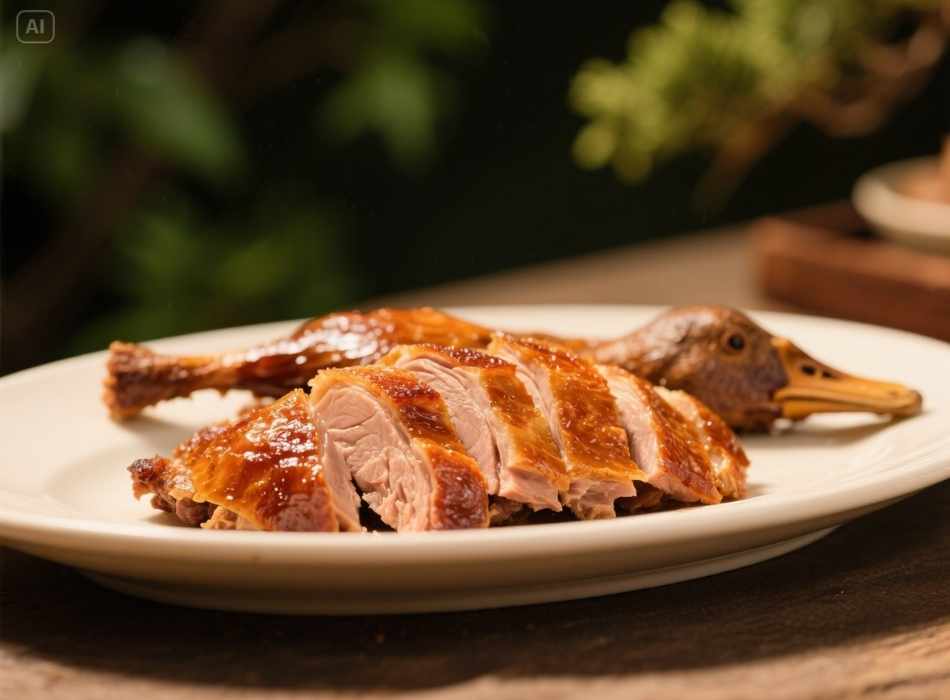
The taste of goose is often described as rich, flavorful, and slightly gamey. Here’s a breakdown of the key flavors and textures you can expect:
- Deep, Rich Flavor
Goose has a robust, distinct taste that’s more akin to red meat than white meat. Think of it as a cross between duck and beef, with a rich umami quality that makes it perfect for hearty meals.
- Juicy and Succulent
Goose is naturally fattier than chicken or turkey, giving the meat a tender and juicy texture when cooked correctly. Its fat renders beautifully during cooking, keeping the meat moist and flavorful.
- Earthy Game Notes
Because geese often feed on grains, grasses, and, in some cases, wild plants, their meat may have an earthy, slightly gamey quality. However, farmed geese tend to have a milder taste compared to wild ones.
How Goose Compares to Other Poultry
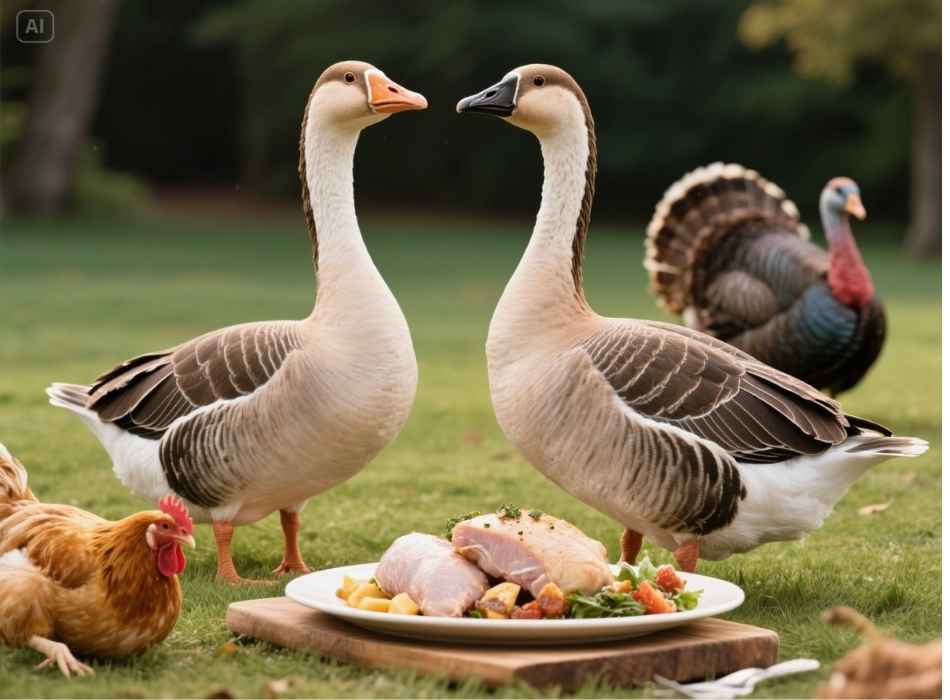
If you’re a fan of chicken and turkey, you might be wondering how different the goose actually is. Here are a few comparisons to give you a clearer idea:
- Chicken
Chicken is lean, with a mild and versatile flavor that adapts to various recipes. Goose, on the other hand, is richer and has more fat, creating a much deeper and more indulgent flavor.
- Turkey
Turkey is often seen as a go-to for holiday meals, especially in the U.S. While turkey breast is lean and dry without proper cooking, the goose remains juicier thanks to its higher fat content. Goose also has a more pronounced flavor compared to turkey.
- Duck
Goose is most similar to duck, sharing its rich and fatty characteristics. However, geese are larger birds, and the flavor of goose is often described as subtler and less intensely gamey than duck.
Cooking Goose to Get the Best Flavor
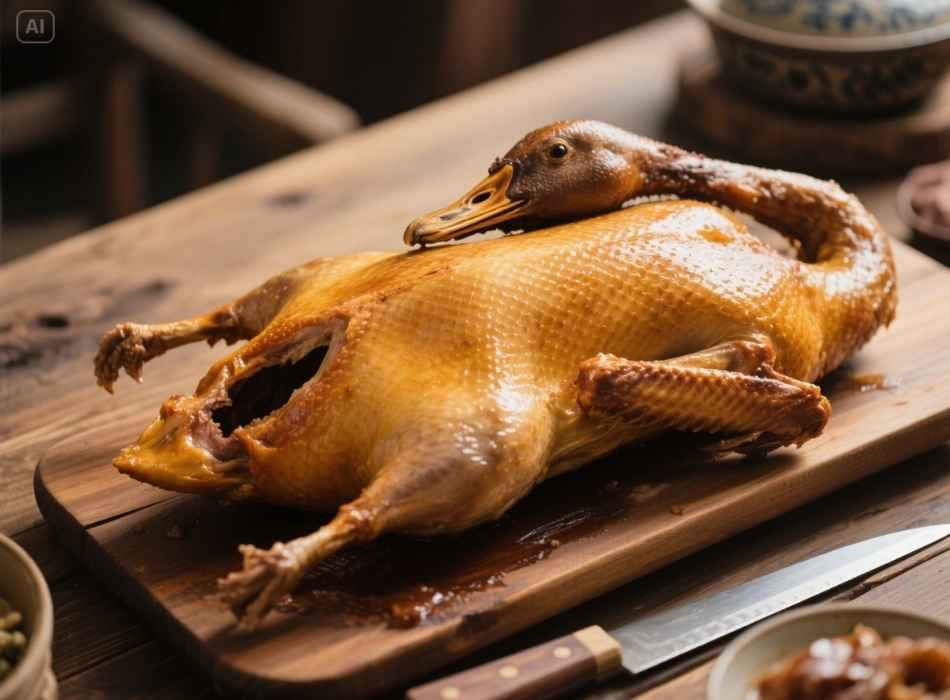
Preparing goose properly is key to enjoying its unique taste. Follow these tips to make sure your goose is a hit:
Roast Goose to Perfection
The traditional way to cook goose is by roasting it. Here’s how to achieve the perfect roast goose:
- Prep the Goose
- Clean the cavity and pat the goose dry with paper towels. Trim excess fat, but don’t discard it. Goose fat is liquid gold and can be rendered for future cooking!
- Season generously with salt, pepper, and your choice of herbs, such as thyme, rosemary, or sage.
- Score the Skin
- Lightly score the skin to help render the fat as it cooks. Be careful not to cut into the meat.
- Cook Low and Slow
- Roast the goose at 325°F (163°C) for several hours, skin-side up. Use a rack to allow the fat to collect underneath, preventing the goose from sitting in its juices.
- Finish at High Heat
- For crispy skin, increase the oven temperature to 425°F (218°C) for the last 20–30 minutes of cooking.

Experiment with Flavor Pairings
Goose pairs beautifully with bold and complementary flavors. Here are some popular combinations:
- Fruits: Goose works well with fruits like apples, oranges, cherries, or prunes. These add a touch of sweetness to balance the richness.
- Spices: Star anise, cloves, and cinnamon are often used in recipes to enhance the flavor.
- Veggies: Pair your goose with root vegetables like parsnips, carrots, or potatoes, roasted in the rendered goose fat for added flavor.
Don’t Waste the Goose Fat
Rendered goose fat is a fantastic byproduct of cooking goose. It has a high smoke point and adds a luxurious flavor to roasted vegetables, gravies, and even fried potatoes. Be sure to save it!
Is Goose Right for You?
Whether you’ll love goose largely depends on your taste preferences. It’s excellent for those who enjoy rich, flavorful, and slightly gamey meats, and it’s a fantastic option for special occasions or holiday meals when you want something a bit different.
If you’re still unsure, try sampling goose at a restaurant or buying a minor cut, such as a goose leg or breast, to test the waters before committing to a whole bird.
Closing Thoughts
Goose is more than just another poultry option. With a flavor profile closer to red meat, its richness and succulence make it a standout choice for culinary adventures or holiday feasts. Cook it right, pair it with complementary flavors, and don’t forget the rendered fat for added luxury in your future meals.
If you haven’t already, it’s time to give goose a try. It might just become your new favorite!












